L'Italian agriculture is facing dramatic challenges because of the climate changes. Legambiente, in his recent report “Climate City – Agriculture Special”, highlights that the agricultural regions most affected by extreme weather events are Piedmont, with 20 events,Emilia Romagna (19), the Puglia (17), the Sicily and the Veneto (14), and the Sardinia (11). Such phenomena put at risk basic crops such as fruit, vegetables And corn, causing huge economic losses for the sector. Without targeted interventions, Legambiente esteem that the Italian agri-food sector is at risk economic losses of 12.5 billion euros per year until 2050.
The solution for the agriculture of the future…
One of the most promising answers to these challenges is the'agrivoltaic, a technology that combines solar energy production and agriculture. On this blog we have already written about how agrivoltaics can protect crops from extreme weather events, improving agricultural resilience. Thanks to theInstallation of solar panels on agricultural land, in fact, it is possible reduce water evaporation And maintain optimal soil moisture. Studies conducted in the United States have shown that in an agrivoltaic system, soil moisture is 15% higher than in unprotected soils. In this way, the crops benefit from a protection against high temperatures and solar radiation, preventing damage caused by heat waves and hailstorms.
The agrivoltaic systems I am particularly advantageous For medium-low crops, such as aromatic herbs (rosemary, sage), vegetables (peppers, aubergines) and forage plants. According to various analyses, these plants can increase crop yield from 20% to 60%, making agrivoltaics one of the most promising solutions for improve agricultural productivity in a context of climate change.
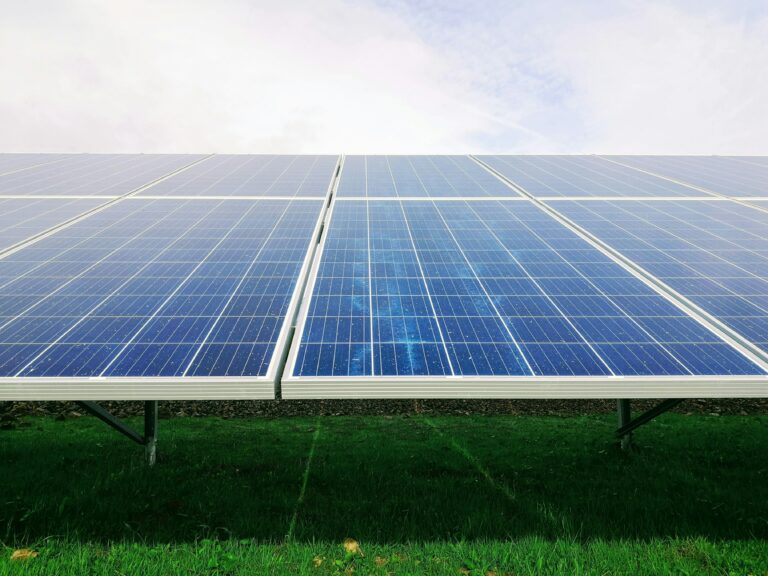
…and a resource for the environment and the economy
Not only crop protection, but also economic benefits. Agrivoltaics represents a additional source of income for farmers, which can sell the energy produced by solar panels. In the context of the PNRR, have been allocated 1.1 billion euros to support agrivoltaic projects. Within the funds allocated by the PNRR, 643 agrivoltaic projects have already been presented with an expected power of 1.7 GW, of which a significant part (56%) is located in the Southern Italy and the islands, an area that particularly benefits from this technology thanks to its sunny climate.
Agrivoltaics not only helps fight climate change, but also represents aopportunities for agricultural redevelopment and job creation in rural areas. More sustainable agricultural enterprises and theadoption of innovative practices are essential for a more resilient agricultural future.
Support and policies for the adoption of agrivoltaics
For agrivoltaics to reach its full potential, a clear regulatory framework that encourages the adoption of this technology and that accompanies it with advanced crop monitoring systems (“advanced agrivoltaics”). Agricultural policies must encourage the use of photovoltaic systems on agricultural land and at the same time support technological innovation.
We have long been arguing that support for renewable technologies, like agrivoltaics, is crucial for the future of Italian agriculture, especially when combined with advanced tools for monitoring and management of water resources as TETHYS Aqua.
Furthermore, the integration of micro-irrigation and the use of purified wastewater are practices that could complement the irrigation advice systems For reduce water consumption And improve agricultural efficiencySupport policies must focus on implementation of these sustainable technologies to ensure that agriculture not only survives, but also thrives in a changing climate.
Agrivoltaics: a model for Italy's agricultural future
Agrivoltaics represents one of the most innovative and sustainable solutions For counteract the damage caused by climate change and make Italian agriculture more resilient. The combination of solar energy and agricultural cultivation can become a model of ecological and economic development. If supported by appropriate policies and encouraged through the PNRR and other measures, agrivoltaics could be the key to the future of Italian agriculture, ensuring not only food safety, but also a greater sustainability And competitiveness.





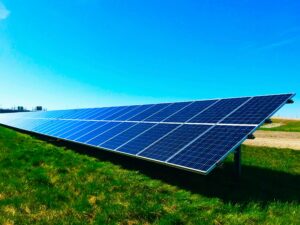
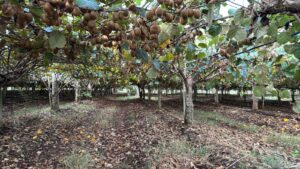
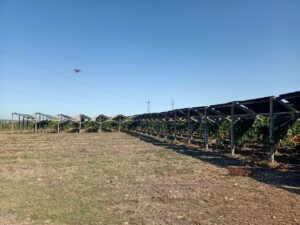
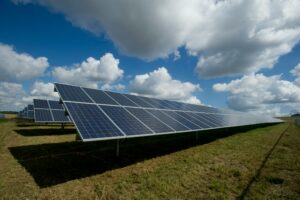

Add comment
You must be logged in to post a comment.